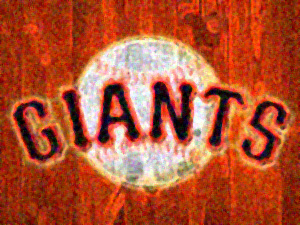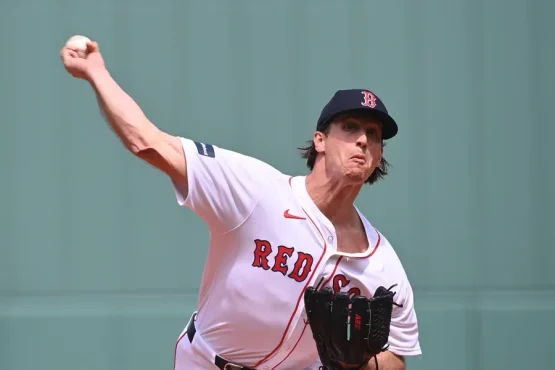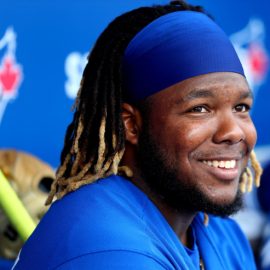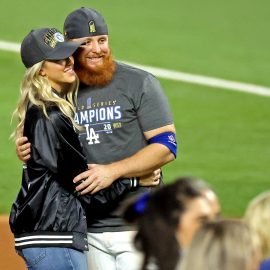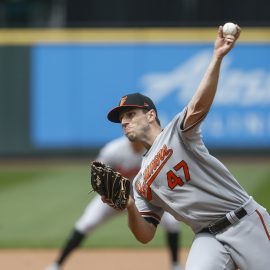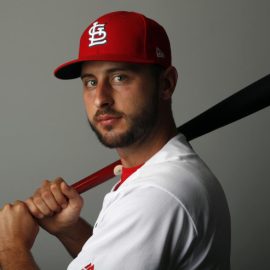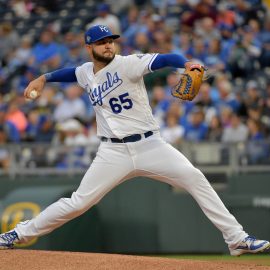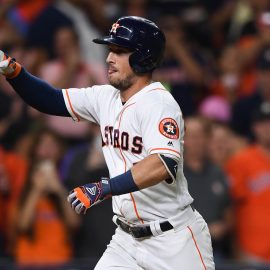When, you might wonder, was the last time the San Francisco Giants had four players on Major League Baseball’s Top 100 Prospects list? How about, let’s see… never.
Until 2019.

Baseball America’s 2019 MLB organization rankings (subscription required and recommended) put the Giants at #14 overall. And that’s likely just the beginning of where Baseball Ops President Farhan Zaidi will eventually take the Giants farm system over the next several years.
On December 10th Zaidi traded for SS Will Wilson, 21, the LA Angels #1 draft pick in the June 2019 first year player draft (#15 overall). The Giants essentially took on the $12.66 million remaining on injured veteran IF Zack Cozart’s contract from the Angels to get Wilson.
In the upcoming June 2020 player draft, San Francisco has four picks in the first 71– #13 in round 1; #50 in round 2; and #70 and #71 as compensations for losing free agent pitchers Will Smith and Madison Bumgarner.
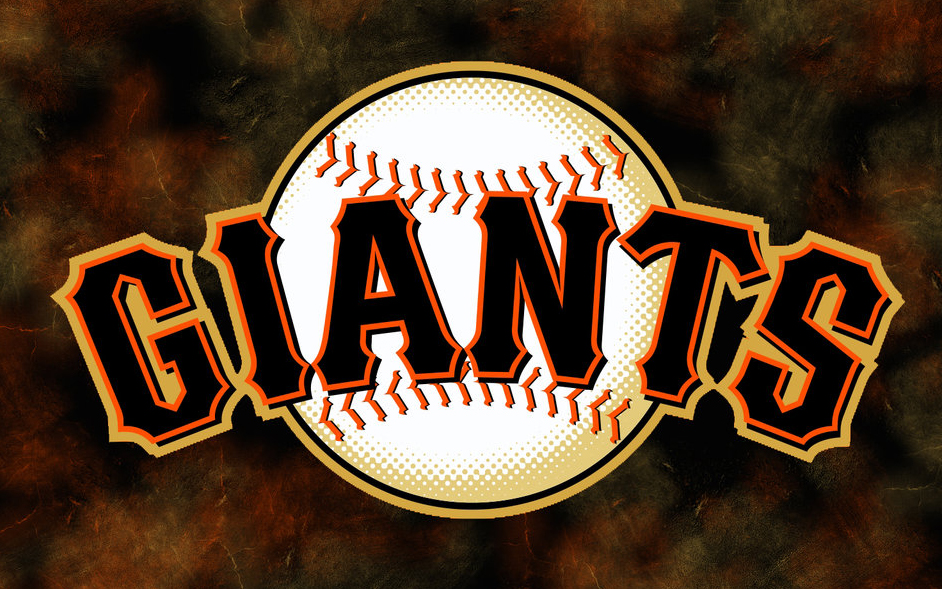
Over all of the past decade, San Francisco’s minor league system has been chronically undertalented and rated near the bottom of all 30 MLB franchises. Not one year or two years, but virtually every year.
Three major reasons for this epic fail are:
1) a long series of poorly executed first year player drafts;
2) under-informed player development throughout the organization; and,
3) an old school template that required talented minor leaguers to be “seasoned” before they could be called up. That meant holding promising young players back until they were 24 or 25 years old and after four or more seasons in the minors.
It’s illustrative to look at how three promising prospects were handled after the Giants drafted them:
- C Buster Posey was drafted in the 1st round (5th) of the 2008 player draft. Posey was kept at various levels of the minor leagues for almost two seasons, where he put up a .969 OPS in 172 games in 750 plate appearances (PA).
Under pressure from the media and fans to promote the talented catcher, the Giants front office grudgingly called Posey up 6 months before his 23rd birthday in late 2009. - OF Gary Brown was drafted in the 1st round (24th) of the 2010 first year player draft and management declared him a lock as a future star in San Francisco’s outfield. Brown then spent three seasons in the minor leagues, playing in 661 games with 2,943 PA.
Brown debuted with the Giants in 2014, 25 days shy of his 26th birthday. His MLB career consisted of 7 at-bats, and he retired in July 2017. - OF Steven Duggar was drafted in the 6th round of the 2015 first year player draft and spent parts of over four and a half years in the minors, playing in 355 games with 1,504 PA and a .815 OPS.
For years Duggar was touted by SF Giants GM Brian Sabean as the team’s future starting center fielder. He debuted for SF in July 2018, four months before his 25th birthday.
Over parts of the 2018-19 MLB seasons Duggar played in 114 games and put up disappointing .645 OPS.
It’s startling to review the abysmal quality of San Francisco’s minor league system over the eight seasons following the 2010 World Series win.

Understand also that each MLB team drafts about 40 players each June. Over an eight year period that’s over 320 drafted players.
And while over 80% of drafted players never make it to the Major Leagues, and being a top prospect doesn’t guarantee stardom, it’s not hard to see just how poorly the Giants drafted over the previous eight years.
From 2011 through 2017 there were only five different Giant prospects at various times in the Top 100 lists: OF Gary Brown (twice); RHP Kyle Crick (four times); RHP Tyler Beede (once); RHP Clayton Blackburn (once), and IF Christian Arroyo (twice).
Arroyo is currently hanging on with Cleveland after the Giants traded him in late 2017 to Tampa Bay for Evan Longoria. In that trade the Giants took on $72 million in Longoria’s remaining contract, making it one of Tampa’s best salary dumps in franchise history. Over three MLB seasons Arroyo has a .622 OPS in 70 games.
Clayton Blackburn never got to the big leagues after seven years in the minors. He retired in July 2019.
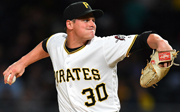
Kyle Crick was traded to Pittsburgh in 2018 for Andrew McCutchen, in a terrible deal that also sent promising young Giants outfielder Bryan Reynolds to the Pirates (in 134 games for Pittsburgh in 2019 Reynolds had an .880 OPS with 57 XBH).
Tyler Beede, who will turn 27 in 2020, pitched in 26 games (124.2 IP) in the 2018 and 2019 seasons with a 1.524 WHIP and a 5.27 ERA.
It’s interesting to compare the Giants’ results to how other teams were drafting over the same period.
For example, in 2014 after the Giants had just won two Worlds Series (2010 and 2012) and were one their way to win a third. That year San Francisco had exactly one Top 100 prospect (Crick).
In 2014 the Chicago Cubs had 6 of the Top 100; Houston had 4; the NY Mets 5; the Dodgers 4; Atlanta 5 and Pittsburgh 8.
And there’s no excuse about winning records versus losing records (i.e., losing teams get higher picks in the annual first year player drafts). Because both categories of MLB teams, those with losing seasons and those who made the playoffs, drafted smarter than the Giants.
Again in 2016, when San Francisco had two players in the Top 100, the White Sox had 6; Atlanta 7; LA Dodgers 4; Miami 8; Houston 5; and the Yankees 6.
The current crop of promising Giants prospects, along with the smart group of analysts Farhan Zaidi has assembled to continue to rebuild the team’s farm system, will make a huge impact on San Francisco’s future success over the next half dozen years.
And there’s a major economic advantage: players coming up from the minor leagues to the Majors are under team control for at least six seasons– three years at the minimum salary ($555,000/yr in 2019) and three years of arbitration.
Developing successful home-grown players creates a massive return on investment compared to signing expensive free agents or trading for established players with big salaries. Not only can talented team-controlled players contribute to a team’s on-field success, they can also become invaluable trading chips coveted by other teams.
As the San Francisco Giants reconstruct their damaged franchise, we will see the team’s minor league system retooled with talent and the kind of cutting-edge player development that builds sustainable championship baseball.
Add The Sports Daily to your Google News Feed!
